Redefining Bitcoin Layer-2: How Bitfinity Applies It to Bitcoin
This article explores how Bitfinity implements bitcoin functionality as a sidechain using the Internet Computer (ICP) protocol's powerful threshold cryptography capabilities.
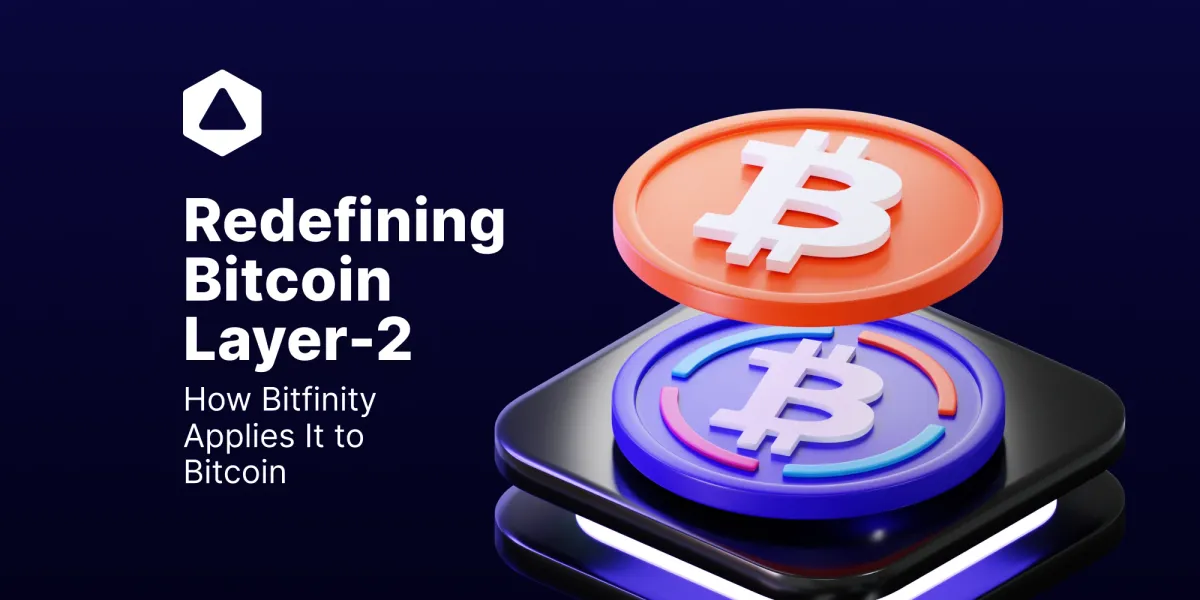
While Bitcoin is currently experiencing explosive growth in price and adoption, its underlying technology faces some limitations that prevent the network from reaching its full potential as a growing ecosystem. Transaction costs remain too high and transaction speeds too slow.
However, Bitfinity has found a way to seamlessly marry Bitcoin with the capabilities of Ethereum's smart contracts within a versatile Ethereum Virtual Machine (EVM) environment. How does Bitfinity do this? Let us explain...
Understanding Layer 2s
A layer 2 network operates atop an existing blockchain protocol or Layer 1. These L2 networks aim to facilitate faster and less costly transactions compared to the primary blockchain underneath, while still keeping the security and finality of the base layer. Layer 2 solutions exist in various forms and sizes and try to address the scalability challenges stemming from expanded user adoption and activity.
Ethereum's performance has seen significant enhancements through the integration of secondary chains, known as Layer 2 solutions. These solutions conduct transactions on a separate blockchain, which is then connected to Ethereum through decentralized bridges. This allows for diverse functionality and increased transaction efficiency.
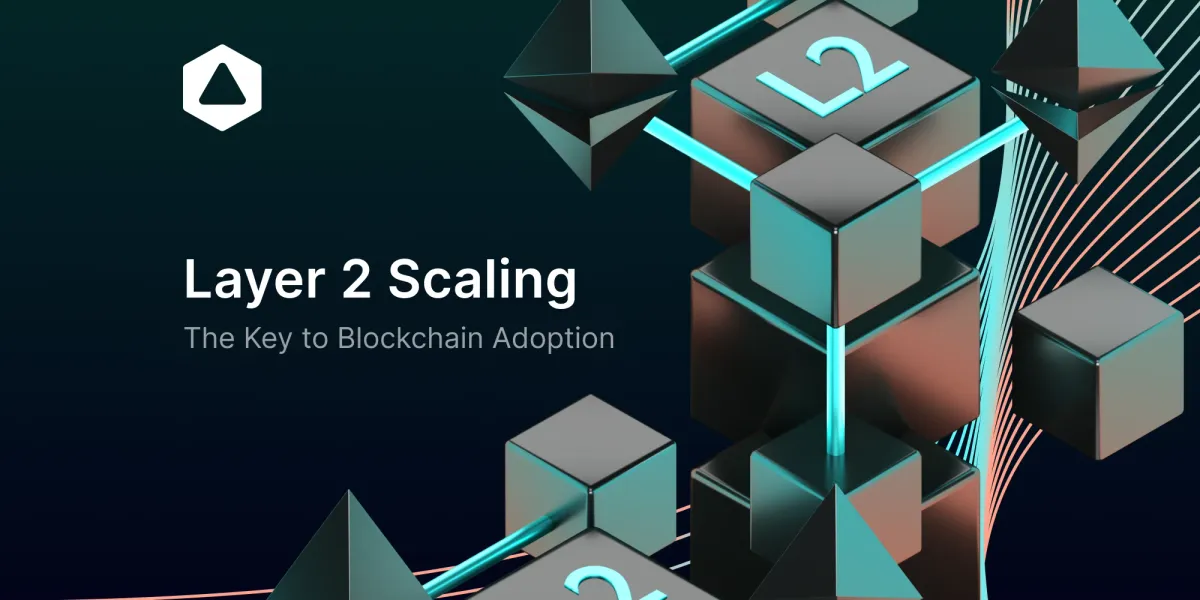
But Layer 2 solutions are not exclusive to Ethereum and are beginning to impact the Bitcoin ecosystem as well.

Types of Layer 2 Blockchains on Bitcoin
Layer 2 blockchain networks on Bitcoin can be categorized into three main types:
- State Channels: The Lightning Network is a prominent example of a state channel solution, created specifically to enable high-speed micropayments and other transactions.
- Rollup Chains: Rollups combine multiple off-chain transactions into a single on-chain transaction, improving efficiency over individual postings.
- Sidechains: Sidechains effectively relieve load from the primary chain, making them well-suited for applications like decentralized finance (DeFi) and smart contract development. Bitfinity falls into this category.
The Need For Bitcoin L2's
As mainstream adoption increases and more activity is drawn to Bitcoin, solutions need to be found to combat congestion. Besides the challenges regular bitcoin users are experiencing with sky-high fees or endless confirmation times, scalability issues also need to be addressed in order to build on Bitcoin, expand its use cases, and realize Satoshi's true vision.
Bitfinity's Capabilities and EVM
Bitfinity tackles these issues by introducing its Ethereum Virtual Machine (EVM) that is powered by a threshold signature scheme allowing Bitcoin to function within the EVM environment. As a result, Bitcoin's liquidity can now be harnessed in Solidity-based smart contracts—a considerable advancement opening up new possibilities for developers. More on the unique points will be discussed later.
But what is most important is that Bitfinity bridges the two - the most secure blockchain of them all, Bitcoin, and the most used coding language and battle-tested machine where many apps were built upon, the Ethereum Virtual Machine. In this way, it is exploring an untapped potential of true interoperability.
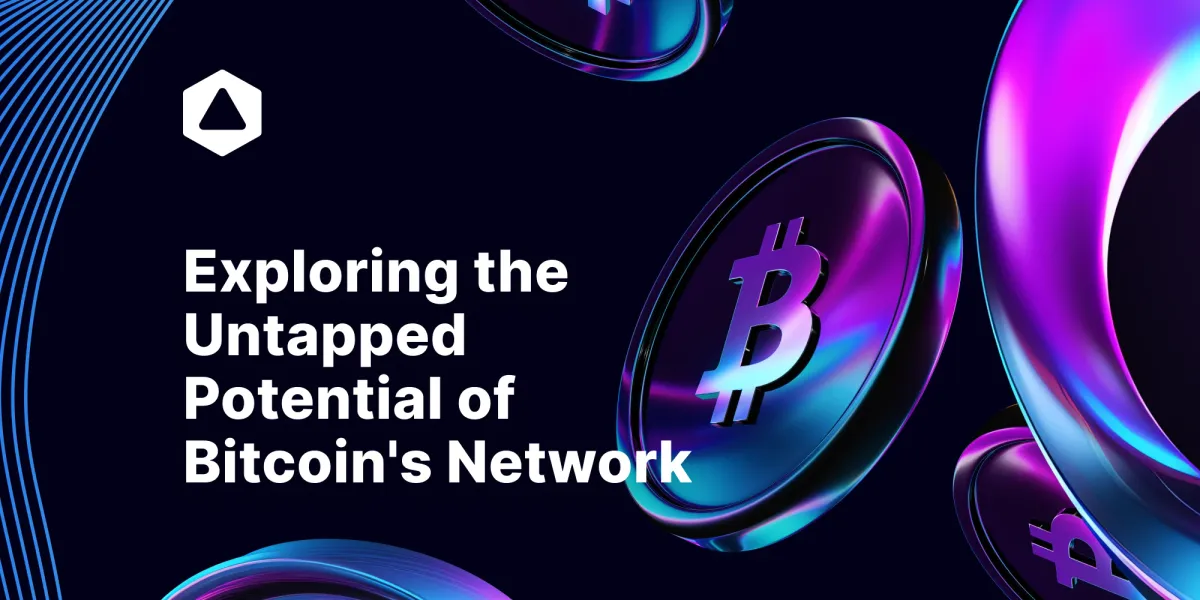
Unlike other layer two solutions, Bitfinity focuses on integrating Bitcoin with an EVM, thus diversifying the potential applications of Bitcoin beyond its traditional uses.
Think of Bitcoin's renaissance, with what we now see as the rise of ordinals and new asset-backed assets. And a complete shift where these developments signal a move toward a 'build on Bitcoin' philosophy, which perfectly aligns with Internet Computer's advancements and the notion of decentralized bridges.
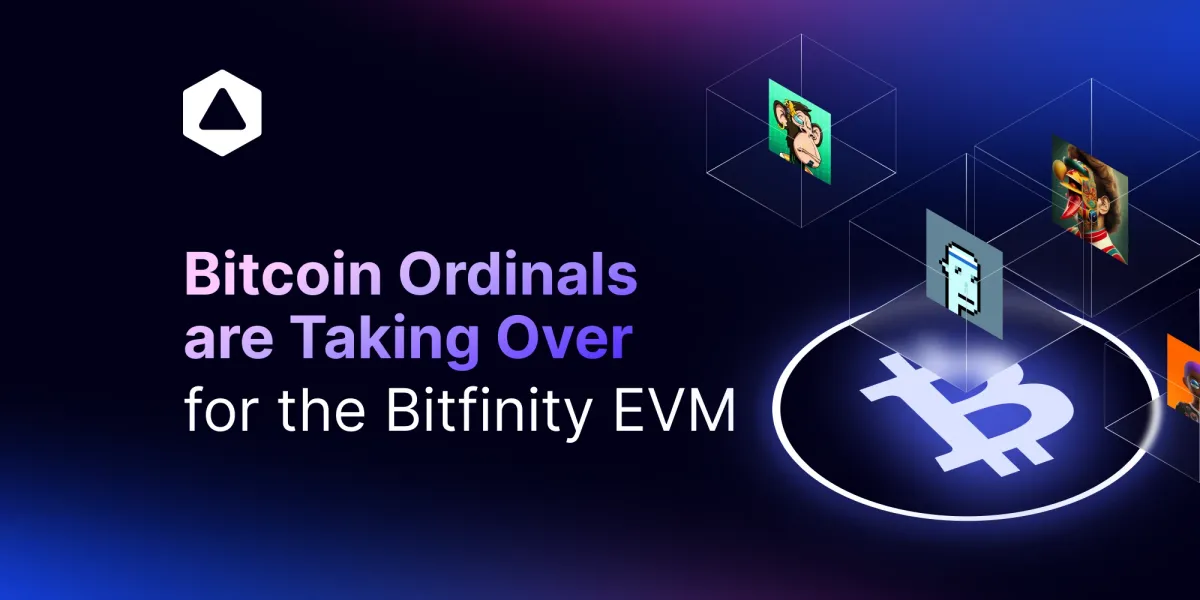
Underlying Technology: Chain Key Cryptography
Chain Key technology refers to a set of cryptographic protocols that run the nodes that form the Internet Computer. Let’s zoom out and take a look at how codes and software work on the Internet Computer.
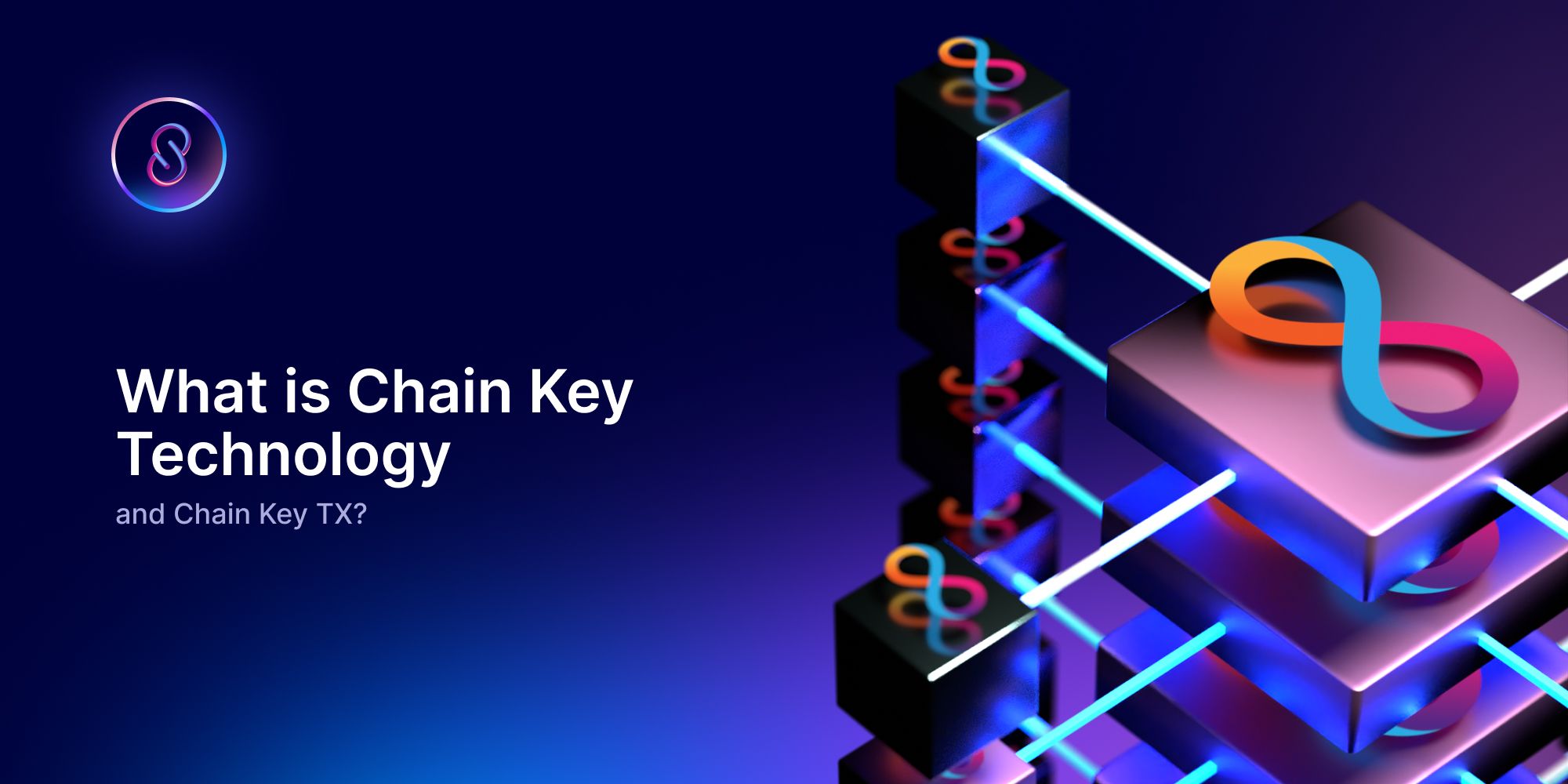
Canisters
Canisters are similar to smart contracts on other blockchains and contain a computer program's code, relevant history, and its current state. Copies of these canisters are stored on nodes - which are independently owned - and form a blockchain or subnet of the Internet Computer.
Subnets
The Internet Computer currently has 35 of these blockchain subnets, with each node on a subnet containing copies of all software canisters specially designed to ensure security and continuity.
Considered individually apart from the blockchain, each node has potential as a single point of failure and could, after all, fall victim to malfunction, lose its internet connection, or in the worst case, become compromised and begin spitting out false information.
So decentralization is needed to defend against hackers, natural disasters, and unexpected changes to the network. And when enough nodes are combined together, each with copies of each other's canisters, it does not matter if a few of them are destroyed - the information will survive.
Internet Computer's Chain Key ckBTC
ckBTC, which is held in Internet Computer network canister smart contracts, is often viewed as wrapped BTC, similar to wETH, and is completely compatible with smart contract functionality - making it more useful than before.
This allows transactions to be much quicker and more cost-effective. As native to the Internet Computer blockchain, ckBTC can be transacted in an efficient manner and transferred quickly with low fees (10 sats for ckBTC transactions).
For a detailed explanation of the workings of ckBTC, please read our article here.👇
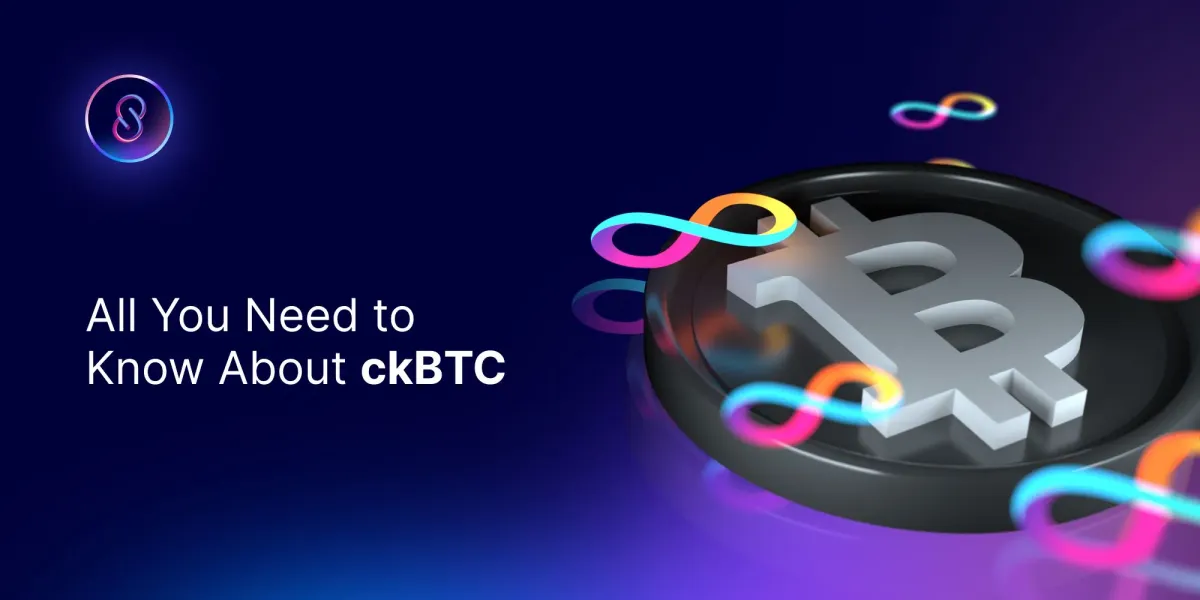
The Role of the Internet Computer in EVM Integration
Bitfinity is thus spearheading a new initiative to integrate Bitcoin into Ethereum's programmable ecosystem by utilizing Ethereum Virtual Machine (EVM) compatible technologies and the unique capabilities of the Internet Computer.
Decentralized Bridge Technology
Bitfinity is introducing a decentralized bridge that securely interweaves Bitcoin with the EVM framework. This bridge empowers seamless Bitcoin transactions within Ethereum's programmable domain, ensuring that users benefit from Ethereum's advanced smart contract capabilities while transacting with Bitcoin.
As we have seen, Bitcoin does not have "smart" contracts currently, but this is an experimental phase where every protocol aims to be the first to create Satoshi's true vision - integrating smart contracts and Bitcoin.
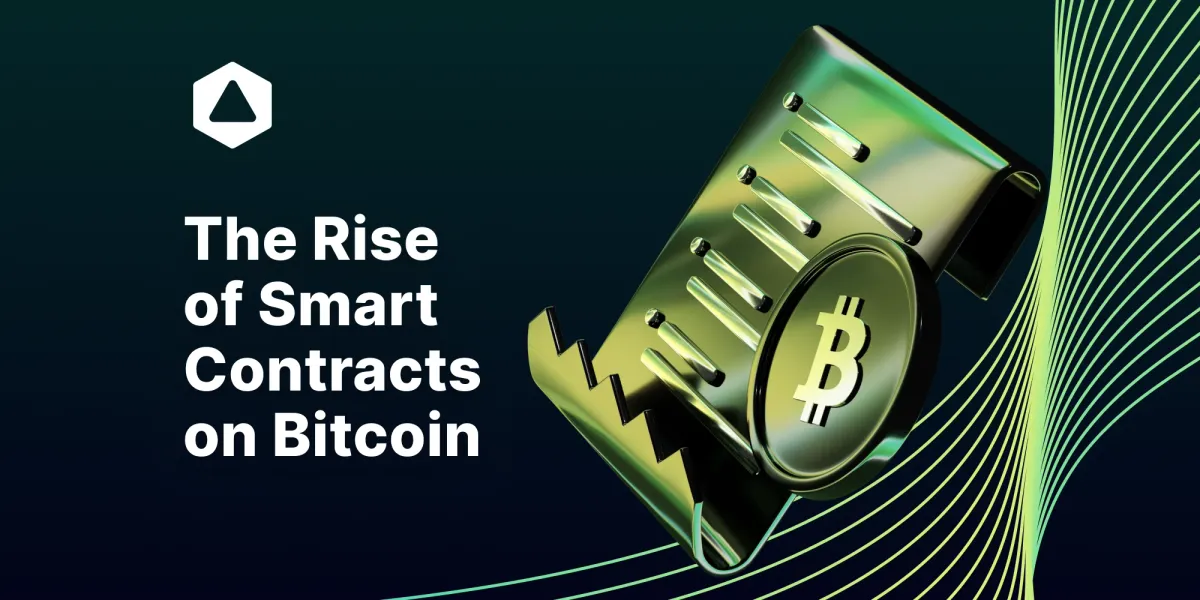
Solidity Smart Contracts with Bitcoin Transactions
By utilizing Solidity, Ethereum's native programming language, developers can now seamlessly incorporate Bitcoin into their dApps, extending their functionality and reach. If you are a curious developer and want to build on Bitfinity, check out our article here.👇
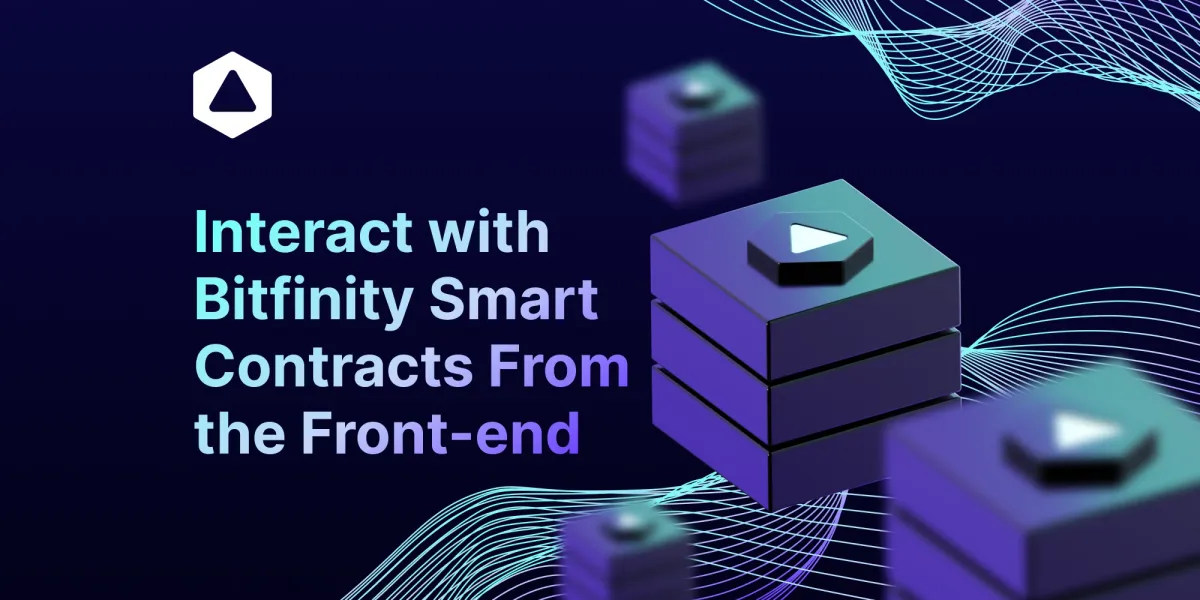
Enhanced Transactional Throughput
The Internet Computer elevates the processing power of EVMs, delivering transaction speeds roughly 100 times faster than those on the current Ethereum network.
Bitfinity's approach significantly boosts efficiency, paving the way for more scalable applications within the Bitcoin-Ethereum ecosystem. Applications ranging from token swaps, NFT platforms, lending, and all the DeFi capabilities one can think of.
This would be very good for those of you thinking about the Metaverse and Bitcoin. Whole new worlds could be built utilizing Bitcoin.
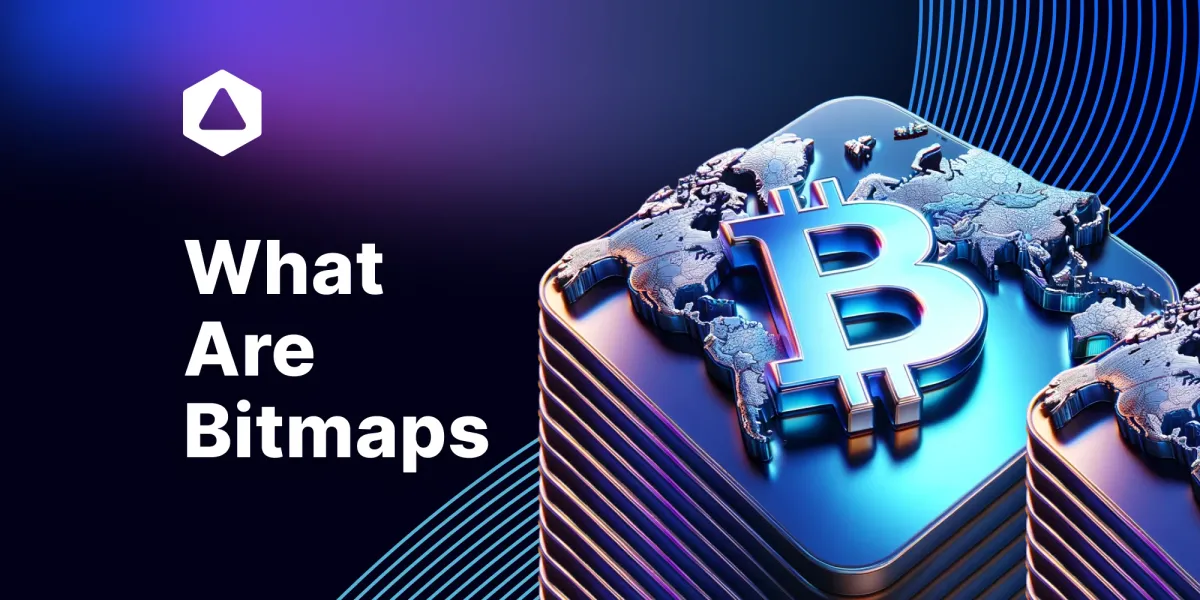
Expanding Bitcoin-Centric Protocols
Bitfinity is nurturing the growth of a diverse ecosystem that supports an array of Bitcoin-native protocols and innovative standards, such as Ordinals and Taproot-based assets.
This development represents a significant leap forward in the utility and versatility of Bitcoin, providing a foundation for a more interconnected and feature-rich blockchain landscape. That can all be done seamlessly and without high costs. Even new protocols can and will be able to run on Bitfinity.
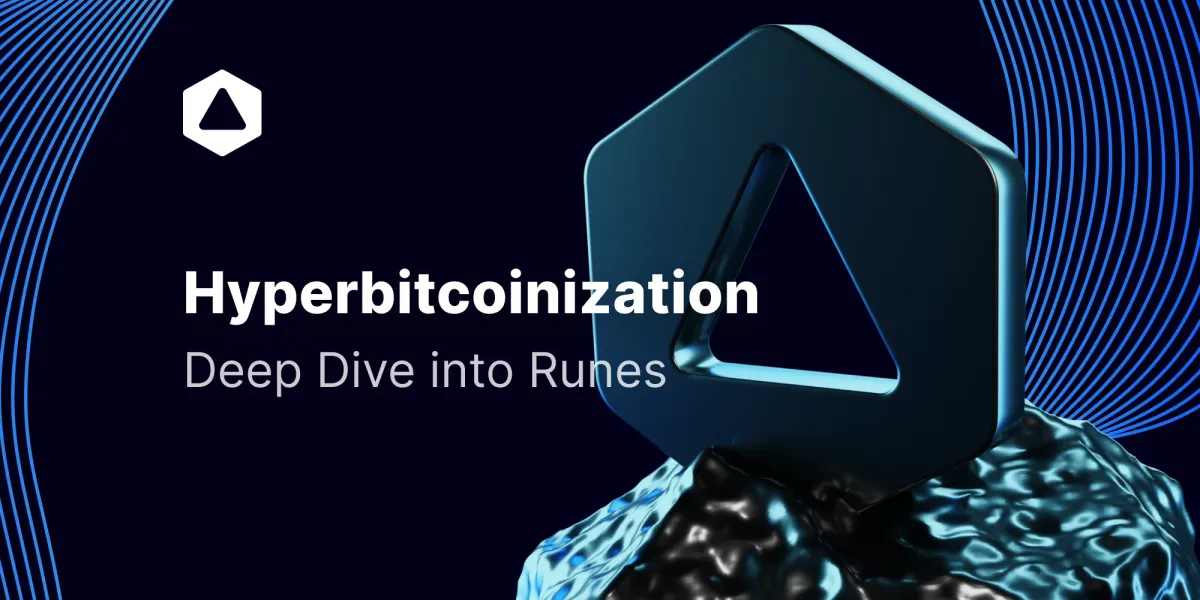
Conclusion
Thanks to Chain Key cryptography, Bitfinity has created a decentralized bridge that is maintained by a threshold signature scheme, enabling Bitcoin to be used within EVM-based smart contracts. This unlocks a substantial amount of liquidity and offers new opportunities by connecting Bitcoin with an expanding suite of decentralized applications (DApps) originally developed for Ethereum's network.
Chain Key technology provides an alternative to the many layer-2 solutions that aim to do the same thing but have failed to keep running smoothly or find a new way of enabling seamless transacting. It has the potential to be an as-of-yet undiscovered hero of the Web3 revolution.

Connect with Bitfinity Network
Bitfinity Wallet | Bitfinity Network | Twitter | Telegram | Discord | Github

*Important Disclaimer: While every effort is made on this website to provide accurate information, any opinions expressed or information disseminated do not necessarily reflect the views of Bitfinity itself. The information provided here is for general informational purposes only and should not be considered as financial advice.



Comments ()